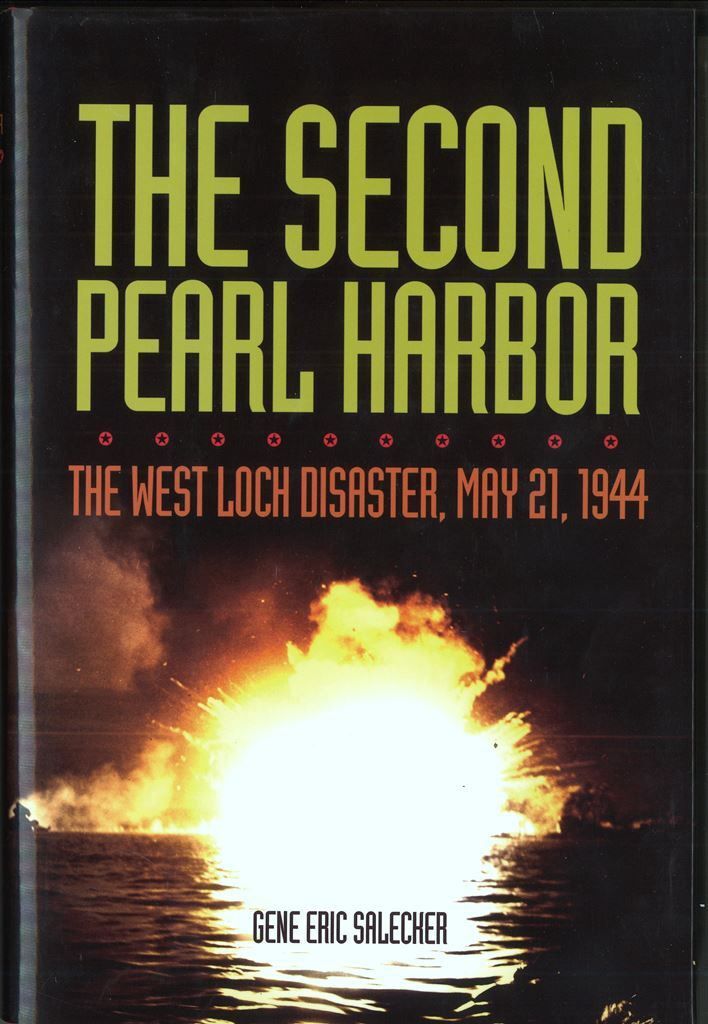The Second Pearl Harbor
Author Gene Eric Salecher
Introduction
In mid-May 1944, the Americans in the Pacific were knocking on the outer defensive ring of the Japanese. GEN Douglas MacArthur was continuing his leapfrog tactics along the northern coast of New Guinea, striking at Sarmi on the northwest coast on 17 May and at the nearby island of Wakde on 18 May. In the Central Pacific, ADM Chester Nimitz was getting ready to attack and seize the Mariana Islands. With Saipan, the northernmost island in the chain, only 1,270 miles from Tokyo, seizure of that important island would place Japanese cities well within range of the newly developed B-29 Superfortresses.
In order to transport the Marine and Army invaders to the beaches of Saipan, the Navy had assembled a vast array of transports, including forty-nine landing ship, tanks (LSTs). Near 3 P.M. on Sunday, 21 May 1944, during the loading of thirty-two of those ships in an area of Pearl Harbor known as West Loch, something went terribly wrong. Without warning, an explosion and fire on the top deck of one of the ships soon spread to several others. Dark clouds of black smoke billowed into the sky as subsequent explosions threw flaming debris in all directions. Crews on ships anchored nearby fought valiantly to save their vessels as their skippers tried to get away from the growing conflagration. When it was all over, six of the precious LST’s had been lost and over five hundred Sailors, Marines and Army personnel had been killed or injured.
What follows is the story of that terrible afternoon that threatened to disrupt and delay one of the largest and most important amphibious invasions in U.S. history. Only the valor and heroism of the Navy and Coast Guard officers and crews and the Marine and Army passengers prevented the disaster from having more of an impact than it did. The LST’s, supplemented with a few replacement ships, left Hawaii only one day behind schedule. They caught up to fleet en route, and the invasion of Saipan took place right on schedule.
